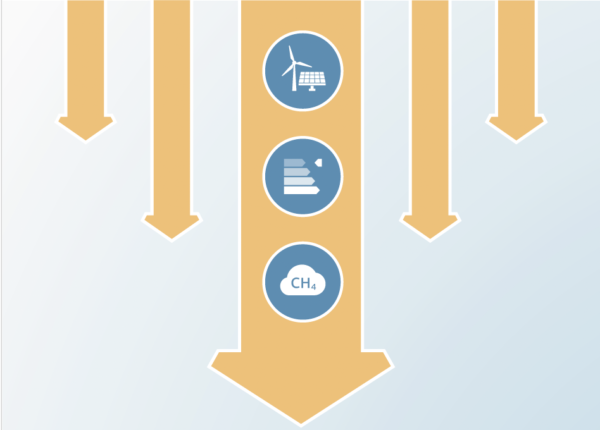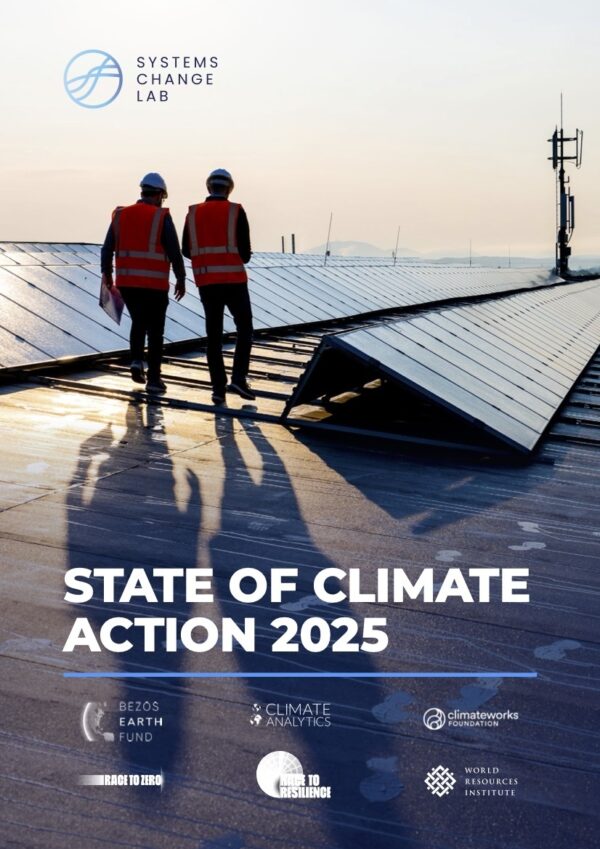From NDC 1.0 to NDC 2.0: what has changed in the NDCs of West African LDCs?
Authors
Edmond Lankouandé, Afandi Koffi Koumassi, Vigniale Kouassigan Tovivo

This study examines the first and second Nationally Determined Contributions (NDCs) of eleven West African Least Developed Countries (LDCs), namely Benin, Burkina Faso, Gambia, Guinea, Guinea Bissau, Liberia, Mali, Niger, Senegal, Sierra Leone and Togo. The aim was to analyze the content of the two NDC cycles in order to propose, on the basis of evidence, guidelines for improving the next NDCs, as well as the general process for developing long-term climate strategies.
Based on the Intergovernmental Panel on Climate Change (IPCC) Guidelines, the study measured NDC progress using indicators related to Input (different activities listed in the NDC) and Process (NDC implementation strategies). Results were obtained from composite indices of twenty-seven indicators grouped into five areas of analysis focusing on criteria against which countries can strengthen or improve their NDCs.
In terms of results, the aggregation of the composite indices of analysis of the level of strengthening of NDCs shows that West African LDCs have each improved their second NDCs, with an overall index level of 77% compared to 53% for the first NDCs. Specifically:
1. The mitigation component of the second NDCs performs better, with an index of 80% compared to 53% for the first NDCs. Ten of the eleven countries have increased their quantified greenhouse gas (GHG) emissions reduction targets. Only Sierra Leone reduced its target;
2. The "Adaptation" component of the second NDCs has a better index with 55% against 45% for the first NDCs. Five countries (Sierra Leone, Gambia, Liberia, Guinea and Togo) have strengthened their adaptation objectives, compared to three countries (Guinea Bissau, Niger and Senegal) of which objectives have remained static and three other countries (Benin, Mali and Burkina Faso) whose composite adaptation indices have fallen sharply;
3. The "Financing" component of the second NDCs has a performance score of 64% compared to 54% for the first NDCs. Out of the eleven countries, seven clearly presented the differentiation between conditional and unconditional contributions of funding for the implementation of priority adaptation and mitigation actions included in the new NDCs;
4. The second NDCs show a better level of clarity, transparency and understanding according to the indicators in Decision 4/CMA.1, with a performance level of 93% compared to 79% for the first NDCs. Only Mali shows a low level of performance;
5. Countries did a better job of integrating gender and private sector aspects into their updated NDCs, with a 91% performance level compared to 36% for the first NDC. While all countries have included private sector input in the implementation of the second NDCs, two countries (Liberia and Sierra Leone) have not fully integrated gender considerations.
These results led to the formulation of recommendations for each of the eleven countries in order to contribute to the governments' orientations in the processes of revision or updating of the NDCs for the third cycle 2025-2030, and especially in the improvement of the long-term climate strategies.
Translating the efforts to strengthen the NDCs of West African LDCs into concrete results of resilient and low-carbon development dynamics requires the strengthening of support for the mobilisation of substantial financial resources, technology transfer and capacity building in line with the climate objectives and ambitions of these countries.











